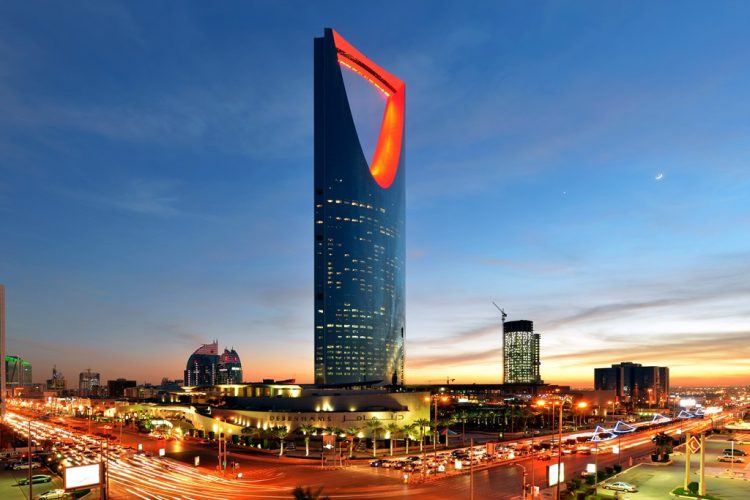Publisher: Maaal International Media Company
License: 465734
“Reuters”: Saudi Arabia’s economy to grow by 3.2% in 2023
اقرأ المزيد
An opinion poll conducted by Reuters from April 6 to 25, including 16 economists, showed that the economy of Saudi Arabia, the largest oil producer in the world, will grow 3.2 percent this year, less than half of its growth rate in 2022, which amounted to 8.7 percent. That the growth rate be the same next year
According to “Reuters”, the poll also revealed that the economies of the Gulf Cooperation Council countries will grow at a much slower pace in 2023 compared to last year, as their resources are affected by the decline in revenues from crude oil sales and production cuts.
And oil prices have risen by about 20 percent since their decline to the lowest level this year at about $70 a barrel on March 20, with the main support of the OPEC + alliance’s decision to reduce oil production by about 1.16 million barrels per day, in addition to the reopening of China.
However, the prospects for achieving more gains will be largely weak in the coming months due to the slowdown in global demand, which is not good news for the GCC countries that depend heavily on oil.
“The oil production cuts will lead to a sharp slowdown in GDP growth in Saudi Arabia this year,” said James Swanston, an emerging markets expert at Capital Economics. “In the rest of the Gulf countries, the double whammy of lower oil production and oil prices will affect both oil and non-oil GDP.” “
As for the UAE, the second largest economy among the GCC countries, economic growth is expected to slow to 3.7 percent in 2023 and 4.0 percent next year, much lower than the 7.6 percent recorded last year.
Growth is also expected to slow in Qatar and Bahrain to 2.7 percent this year, and the Sultanate of Oman’s economy will grow 2.6 percent in 2023, while economic growth in Kuwait will decline at a much greater pace, to 1.5 percent.
The situation of the countries of the region is no exception, as growth is also expected to slow in most major economies this year in light of the impact of raising interest rates on economic activity, in addition to the impact of high inflation on consumer demand.
However, inflation estimates for the Gulf countries were lower than their counterparts for many major economies.
It is expected that the inflation rate in the region will range between 2.1 and 3.3 percent this year, and to decline below that in 2024.
It is also expected that most of the economies of the Gulf Cooperation Council countries will continue to enjoy double-digit current account surpluses in 2023, despite fears of a slowdown in oil production. Only Oman and Bahrain are expected to achieve single digit surpluses.








